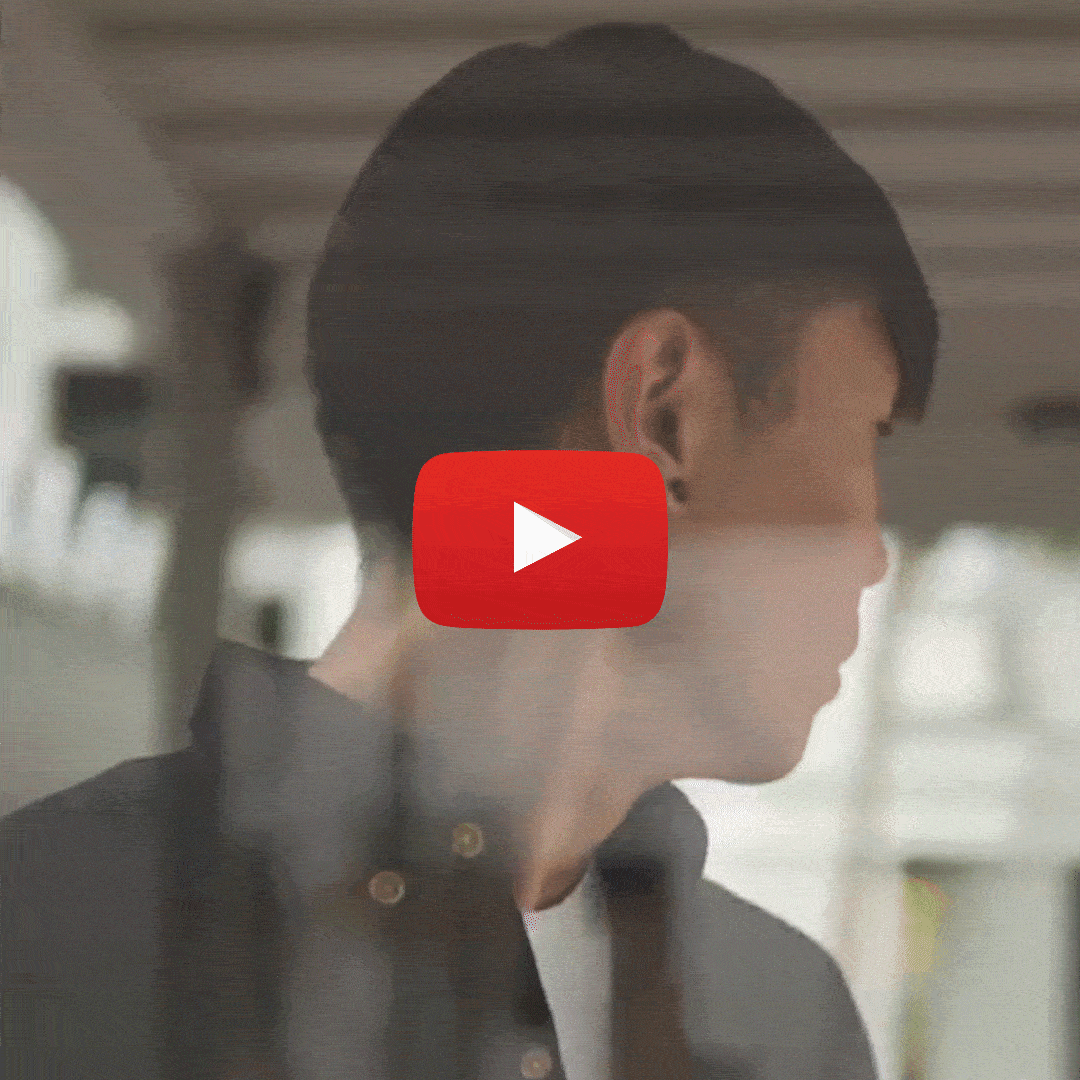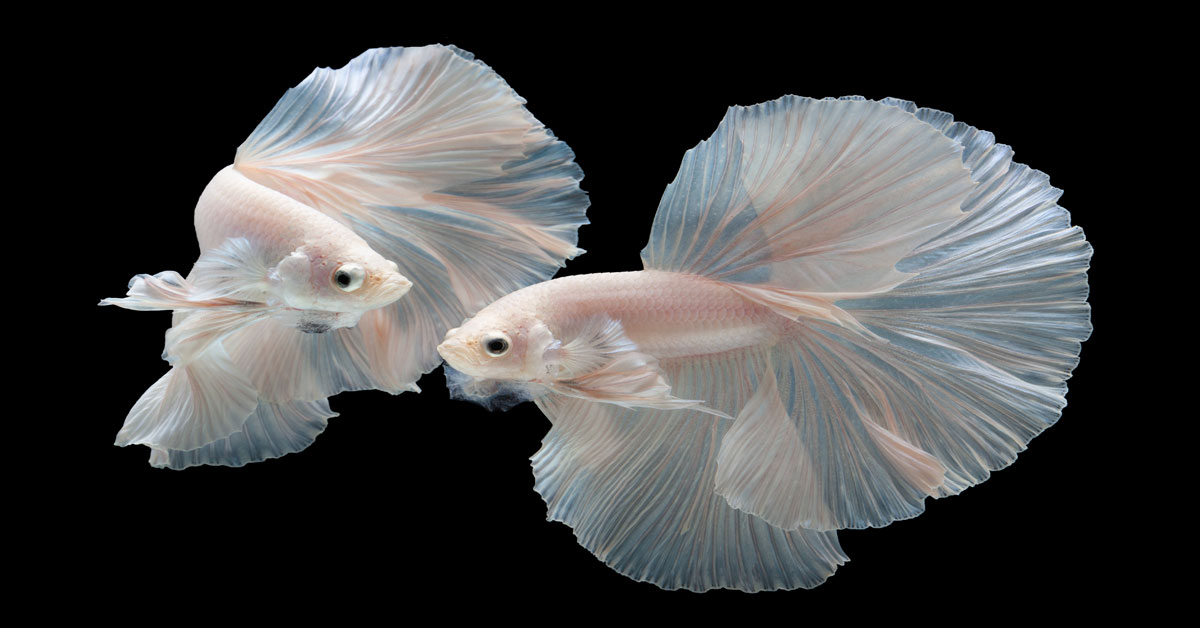In 2018, Grab was fined about $6.4 million for its merger with Uber.
It seemed like a reasonable business decision, except it gave the company an unfair advantage in the local market, as they now had a monopoly on consumers.
The Competition and Consumer Commission of Singapore (CCCS) deemed the merger to be an infringement of Section 54 of the Competition Act, which prohibits mergers that could significantly reduce competition in any domestic market.
Consequently, they fined both Grab and Uber, and imposed a freeze on Grab’s pricing algorithm and driver commission rate.
Yesterday (20 Nov), it was announced that the restriction was lifted.
Grab said it wouldn’t alter its pricing policies for some time, but experts believe this could change once the country enters Phase 3.
Experts Think Grab Might Increase Prices After Phase 3 Starts
Speaking to TODAYonline, transport analysts believe that, just as Grab stated, fares are unlikely to increase while the pandemic is still crushing consumer demand.
Many employees are still working from home, and with social gatherings limited to five people, demand has significantly decreased.
However, this may change when the country shifts to the third phase of its safe reopening, where more restrictions will be eased.
Grab’s surge pricing, for instance, may be altered, after being frozen for two years.
Associate Professor Lawrence Loh said that with the freeze on pricing policies lifted, Grab can now take part in an “open competition”.
For the last two years, Gojek was free to do what it wanted, while Grab had its hands tied.
But now, Grab might return to being a price setter for the industry, Loh said.
Increased Fees Between 10 & 15% After Merger With Uber
Some believe Grab will raise their prices when given the opportunity because they’ve done so in the past.
In 2018, the CCCS found that Grab had increased its fares between 10 and 15% after its merger with Uber.
This, of course, was because it was the only major ride-hailing player in the game at the time, which forced consumers to cough up the extra dough.
Price Hike May Not Be Too Steep
However, there are a few reasons why a potential price hike in the future may not be as steep.
For one, a study last year showed that consumers paid 11% less on average for their rides following the entry of rivals such as Gojek.
Since they now have competitors, Grab cannot simply raise its prices too high, or they might end up losing customers to the competition.
Moreover, Grab has other sources of revenue now, such as its food delivery business, which is actually bigger than its ride-hailing business at the moment.
Besides, the CCCS will likely continue to monitor the behaviour of Grab after the six-month period and take action if they engage in unfair practices, as they did in 2018.
While Grab said it would stick with its current pricing structure and policies “for at least the next six months”, there will be a new 30-cent platform fee for its transport services that will be implemented in the next few months.
Advertisements
Featured Image: Yaoinlove / Shutterstock.com




